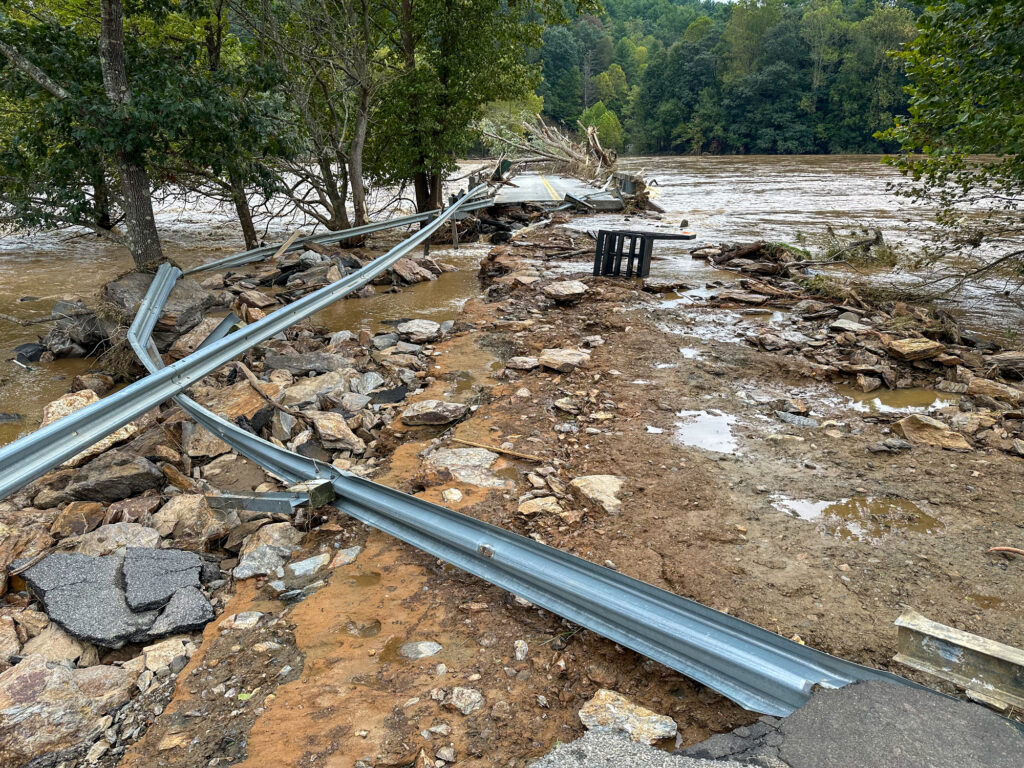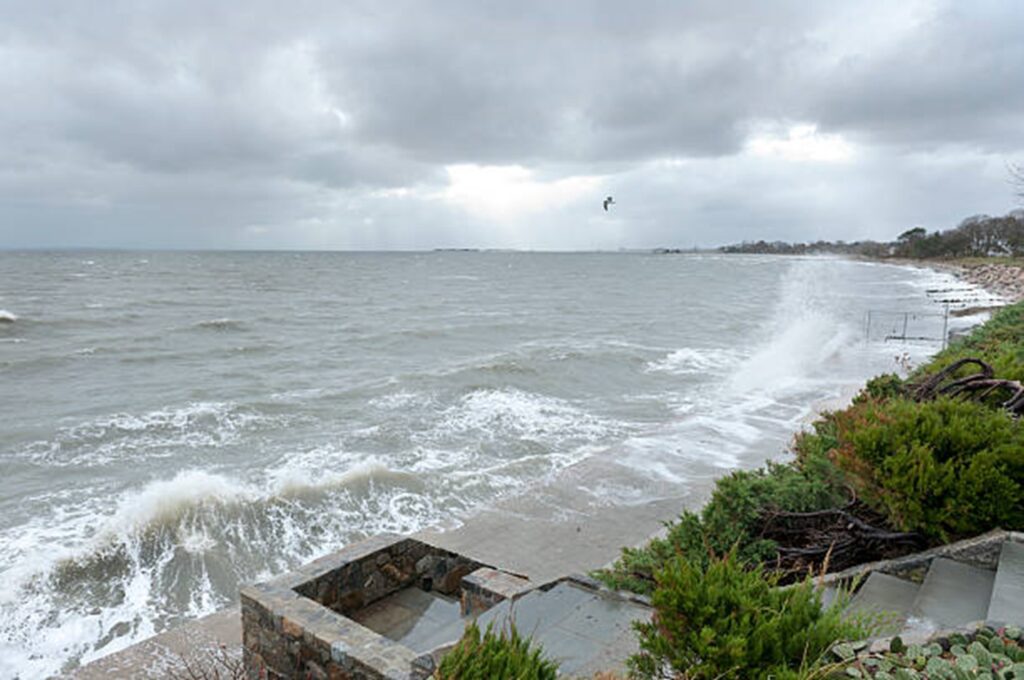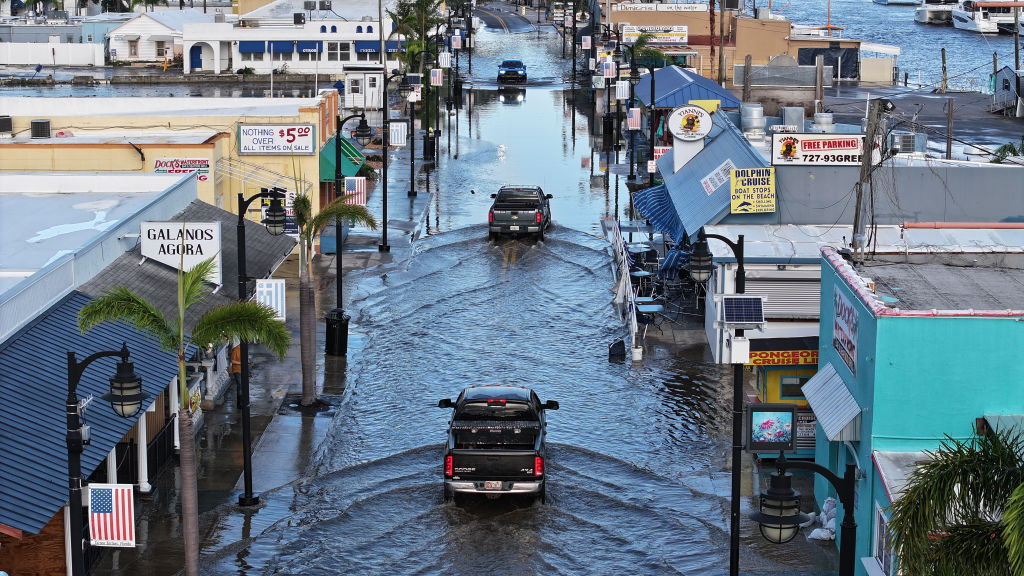Hurricane Helene Highlights InlandFlood Protection Gap
By Lewis Nibbelin, Contributing Writer, Triple-I Spanning over 500 miles of the southeastern United States, Hurricane Helene’s path of destruction has drawn public attention to inland flood risk and the need for improved resilience planning and insurance purchase (“take up”) to confront the protection gap. Extreme rainfall and wind inflicted a combination of catastrophic flooding, landslides, and extreme rainfall and wind gusts dumped an unparalleled 40 trillion gallons of water across Florida, Georgia, North Carolina, South Carolina, Virginia, and Tennessee, causing hundreds of deaths and billions in insured losses. Most losses are concentrated in western North Carolina, with much of Buncombe County – home to Asheville and its historic arts…
Florida InsurersCan Weather AnotherBig Storm This Season
Despite warnings from two leading insurance rating agencies that Hurricane Milton weakened or threatened Florida’s recovering home insurance market, the market “can manage losses” from the Category 4 storm “and are ready to cover yet another hurricane,” if one should come this season, according to industry experts who spoke with the South Florida Sun Sentinel. AM Best and Fitch Ratings each issued reports last week warning that Milton could stretch liquidity of Florida-based residential insurers that are primarily focused on protecting in-state homeowners. But experts closer to Florida’s insurance industry cast doubt on those assertions. One reason is the two companies don’t rate most of the domestic Florida insurers whose…
Removing Incentivesfor Development From High-Risk Areas Boosts Flood Resilience
(Photo by Jonathan Sloane/Getty Images) By Lewis Nibbelin, Contributing Writer, Triple-I Withdrawing federal subsidies in climate-vulnerable areas can deter development and promote disaster resilience, according to a recent Nature Climate Change study. The study found that these benefits extend beyond the targeted areas. These findings underscore the utility of land conservation as hazard protection, as well as the critical role financial incentives play in driving – or obstructing – resilience. A natural experiment “Empirical research into this question is limited because few policy experiments exist where a clear comparison can be made of ‘treatment’ settings, where incentives for development have been removed, and ‘control’ settings, similar areas where such incentives…
CSU: Post-Helene, 2 More “Above Normal” Weeks Of Storm Activity Expected
(Photo by Joe Raedle/Getty Images) As work continues to address the harm inflicted by Hurricane Helene, researchers at Colorado State University (CSU) warn that the next two weeks “will be characterized by [tropical storm] activity at above normal levels.” The CSU researchers define “above normal” by accumulated cyclone energy (ACE) of more than 10. This level of hurricane intensity has been reached in less than one-third of two-week periods in early October since records have been kept. Hurricane Kirk, they wrote, is “extremely likely” to generate more than 10 ACE during its lifetime in the eastern/central Atlantic. Tropical Depression 13 has just formed and is likely to generate considerable ACE…












